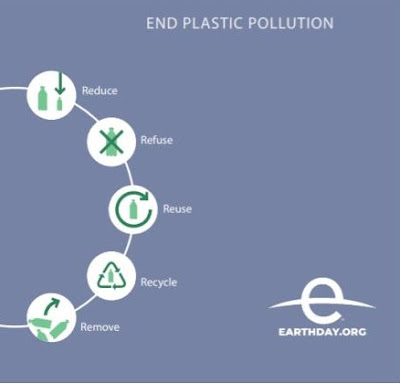Tips For Light Footsteps On Mother Earth: Help for birds, bees and trees!
A book I was reading recently asked the question: what do humans provide to the natural world around them? Hmm, my first thought was “nothing”. We take more than we give. Most of what I plant in my yard is for my own enjoyment and plants in my vegetable garden are for my family to eat. I suppose all those insects that eat my broccoli and cabbage leaves, or the voles that girdle my young apple seedlings so they can survive the winter are benefitting. And likewise, the birds that get fed at our bird feeders, would they survive without us?
To ease my conscience, I concluded that when God created the heavens and earth, placed us as caretakers, then said “it is very good”, we were meant to be here. We can, however, improve our caretaker role. So, how can we help?
Trees are the first thing to come to mind: shade in summer, seed and pollen for the birds and bees, roots that hold the soil and prevent erosion. And as they die and decompose, they add so much organic matter to replenish soil life. Over the years we’ve planted many trees of all sorts of species in our yard and try to add to these with new species. Each tree is unique as are the birds, insects, and animals that they draw in to feed or gain shelter. Someday they will be as large as the big, old tree out front. This tree is 124 inches in circumference (40 inches in diameter), a sugar maple (of course), and helps me tell the story of why big trees are especially important to keep.
An estimate of this tree’s age (which is hard to do without counting the tree rings) is 217 years. That means it started growing around 1803! Here’s what this tree gives to us:
Produces 1,300 tons oxygen (which allows 140 million people to breath for a day)
Evaporates 10,000 gallons of water (which has the cooling effect of 5 air conditioners working for 70 days)
Intercepts 2,000 gallons of rainfall on leaves, branches and bark (reducing soil erosion by slowing rainfall before it hits the soil)
Avoids 20 gallons of stormwater runoff through root absorption.
Filters the air of small particulate matter like dust, ash and smoke (think woodstoves) that are responsible for asthma and other respiratory and heart diseases.
As this tree takes in carbon dioxide it serves us in our climate change dilemma. It absorbs (sequesters) 446 lbs. of carbon dioxide each year, and stores 51 tons of carbon (or 27,885 lbs. of carbon dioxide). This is roughly equivalent to the emissions from 3,100 miles traveled in a commercial plane. All from one big tree!
Many people think that planting small trees will be better because they grow faster taking in more carbon dioxide. How many 2-inch diameter saplings would need to be planted to take in and store the same amount as the big tree? It would take 17 saplings to sequester the same amount each year, and over 300 to store an equivalent (not including roots). Planting trees is important and valuable as is keeping the big trees we have.
Here are some other nature friendly tips:
Measure your trees, and if you have big trees, consider entering our Underhill Big Tree Contest, or the Vermont Big Tree Project.
2nd Annual Underhill Big Tree Contest (google.com)
What's Buzzing-The Vermont Big Tree Program (uvm.edu)
Plant many small trees and watch them take in new life.
Consider joining No Mow May to protect all the bees that live in the ground and need early lawn flowers for sustenance.
Plant special pollinator plants that flower different times throughout the summer and fall.
Create brush piles on your hedgerows to supplement wildlife habitat.
Today’s musings are my considerations for ways to contribute to our natural surroundings. I’d love to hear about what your ponderings would add to this list. Include them in the Comment Section.



Comments
Post a Comment